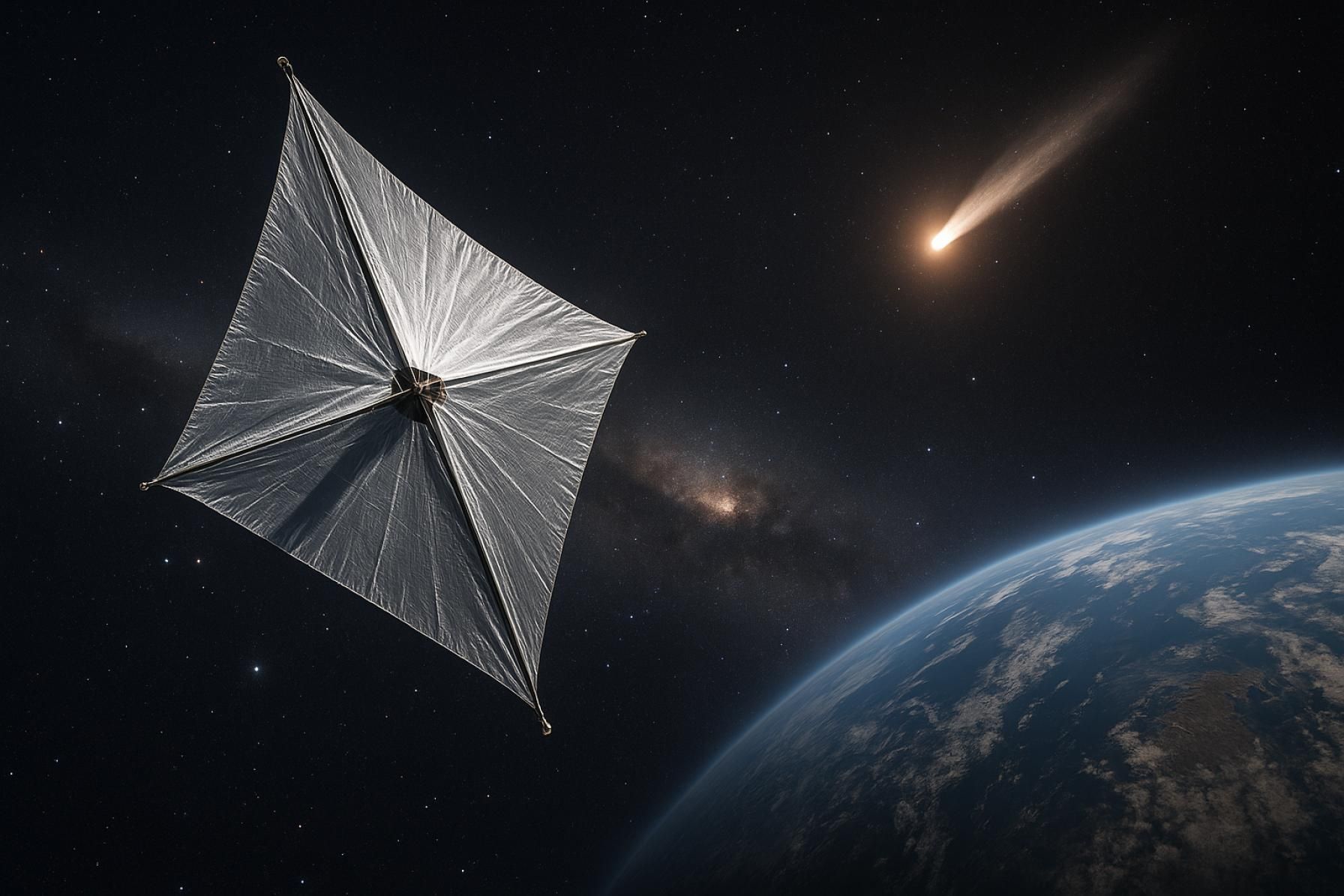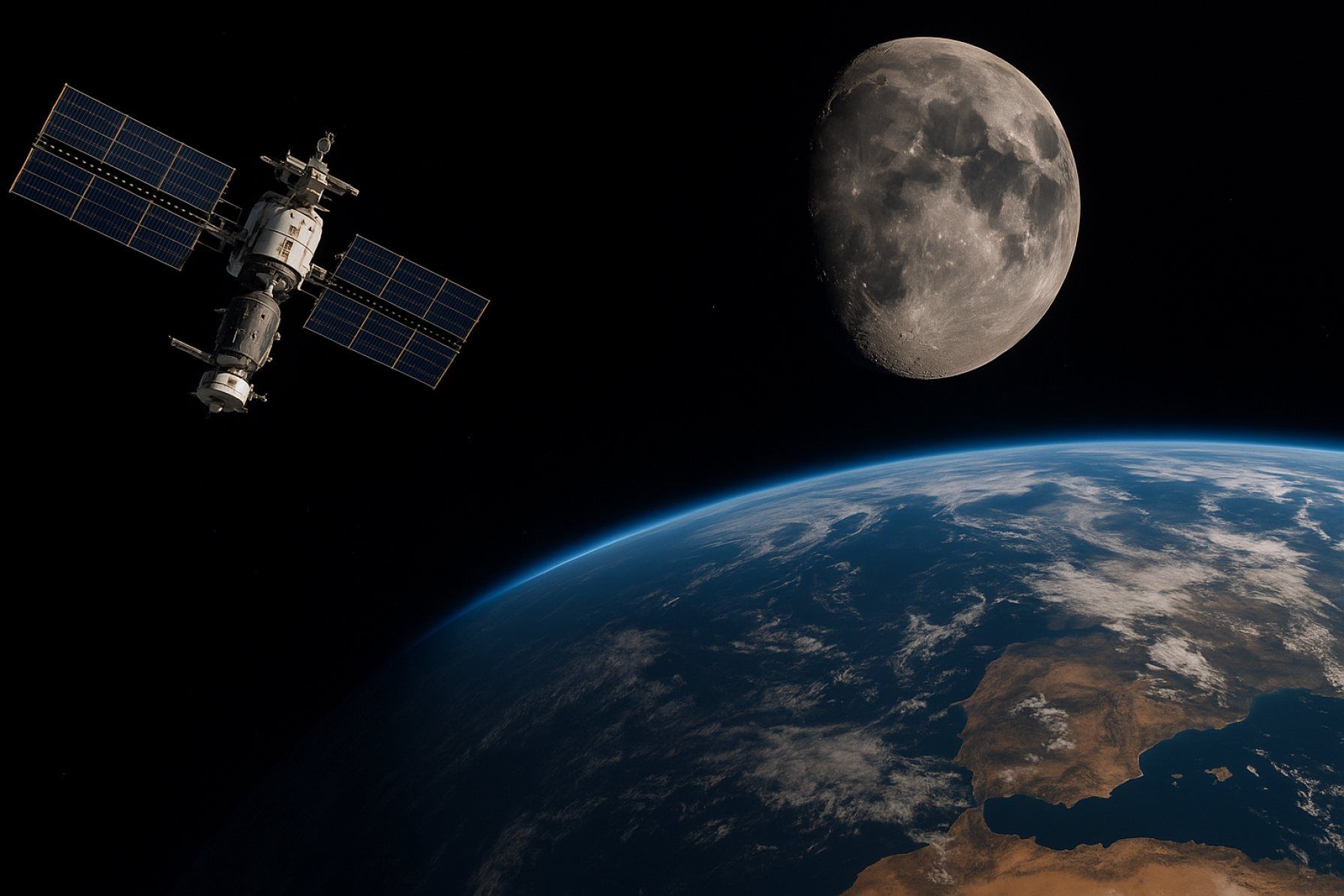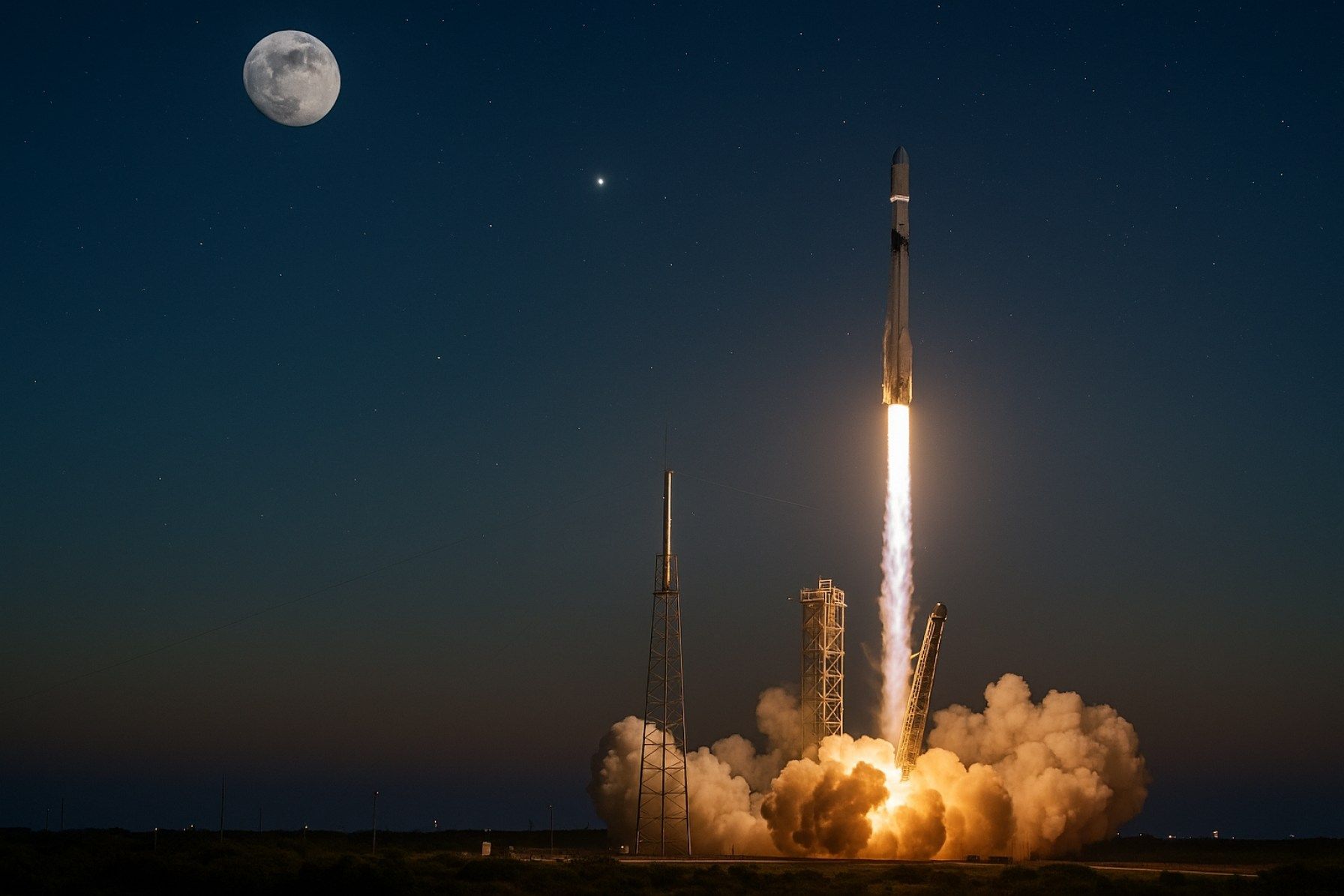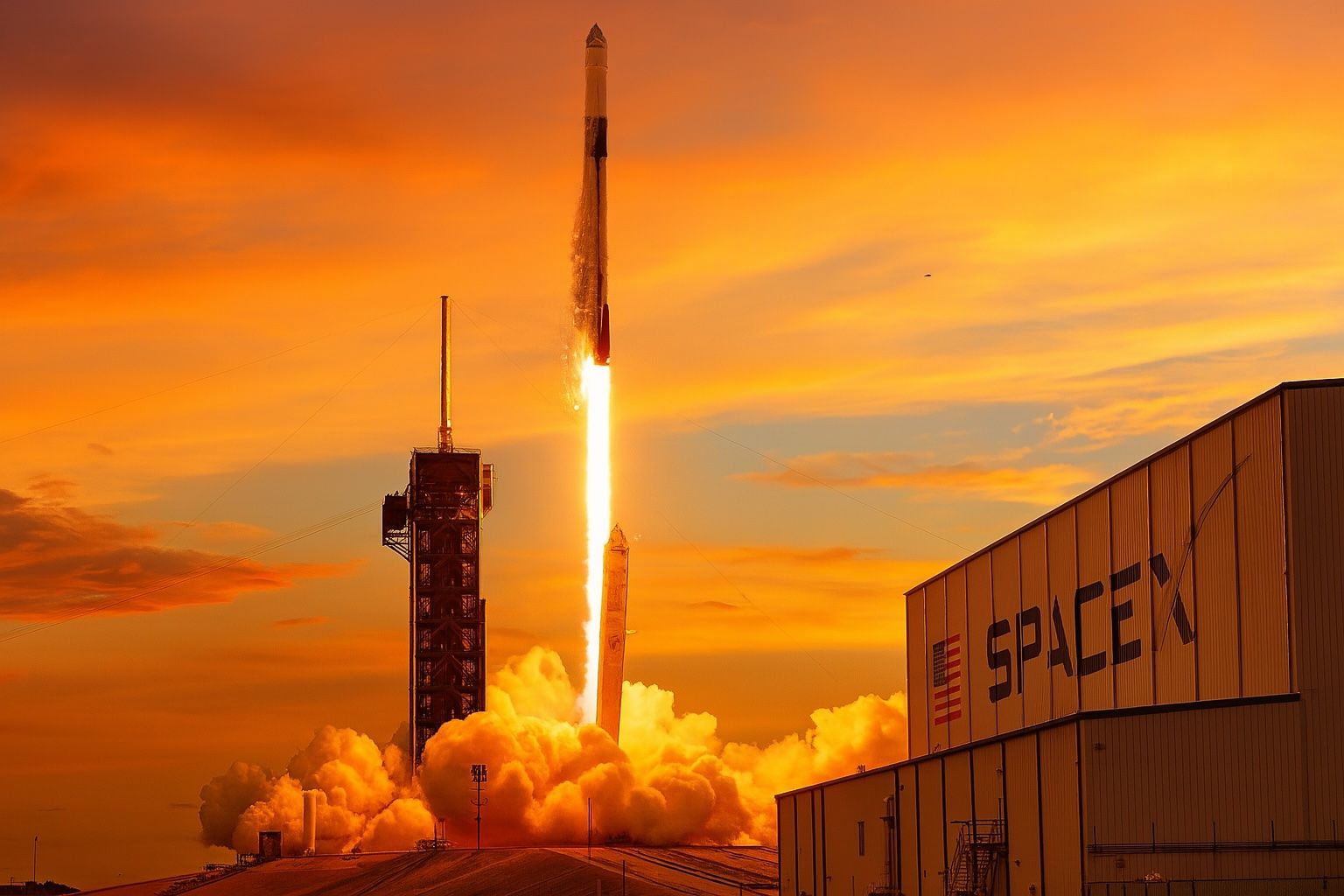
Space Race Heats Up: SpaceX Launch Blitz, Lunar Reactor Gambit & Mars’ Ancient Secret Revealed
Key Facts SpaceX Shatters Launch Records and Starlink Surges SpaceX began September by making history on the launch pad. The company slated five Falcon 9 launches in one week, aiming to deploy four batches of Starlink satellites (over 100 new









